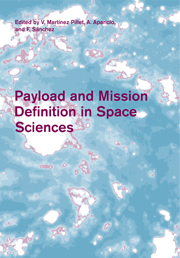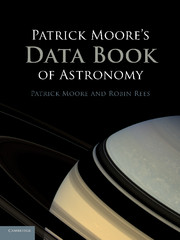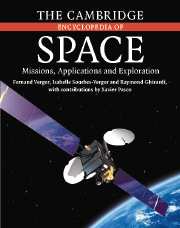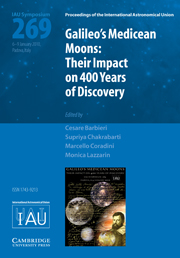Payload and Mission Definition in Space Sciences
The processes that space science missions follow, from proposal to a space agency, to successful mission completion, are numerous. The rationale behind approval of a mission and its payload cannot be presented in undergraduate courses. This book contains contributions from experts involved in today's space missions at various levels. Chapters cover mission phases and implementation, launchers and cruise strategies, including gravity assist maneuvers and different thrust scenarios. Although the book concentrates on the ESA program Cosmic Visions, its content is relevant to space science missions at all space agencies.
- Authoritative accounts from expert contributors combining many years' experience in this field
- Provides a general background to all space science missions for all programs under development
- Pays specific attention to missions that are flying in the first decade of the twenty-first century
Reviews & endorsements
"This book gives a great deal of this information in a surprisingly digestible format." - The Observatory, Tim Stevenson
Product details
April 2011Paperback
9780521182454
404 pages
244 × 170 × 21 mm
0.65kg
Available
Table of Contents
- 1. The life cycle of an ESA mission and how to get involved Alvaro Gimenez
- 2. Design issues for space science missions Yves Langevin
- 3. Instrumentation in space X-ray astronomy X. Barcons
- 4. EUV and UV imaging and spectroscopy from space Richard Harrison
- 5. The luminosity oscillations imager, a space instrument: from design to science Thierry Appourchaux
- 6. Hipparcos and Gaia: the development of space astrometry in Europe M. Perryman
- 7. Space physics and the space environment A. Balogh
- 8. Planetary observations and landers A. Coradini.








